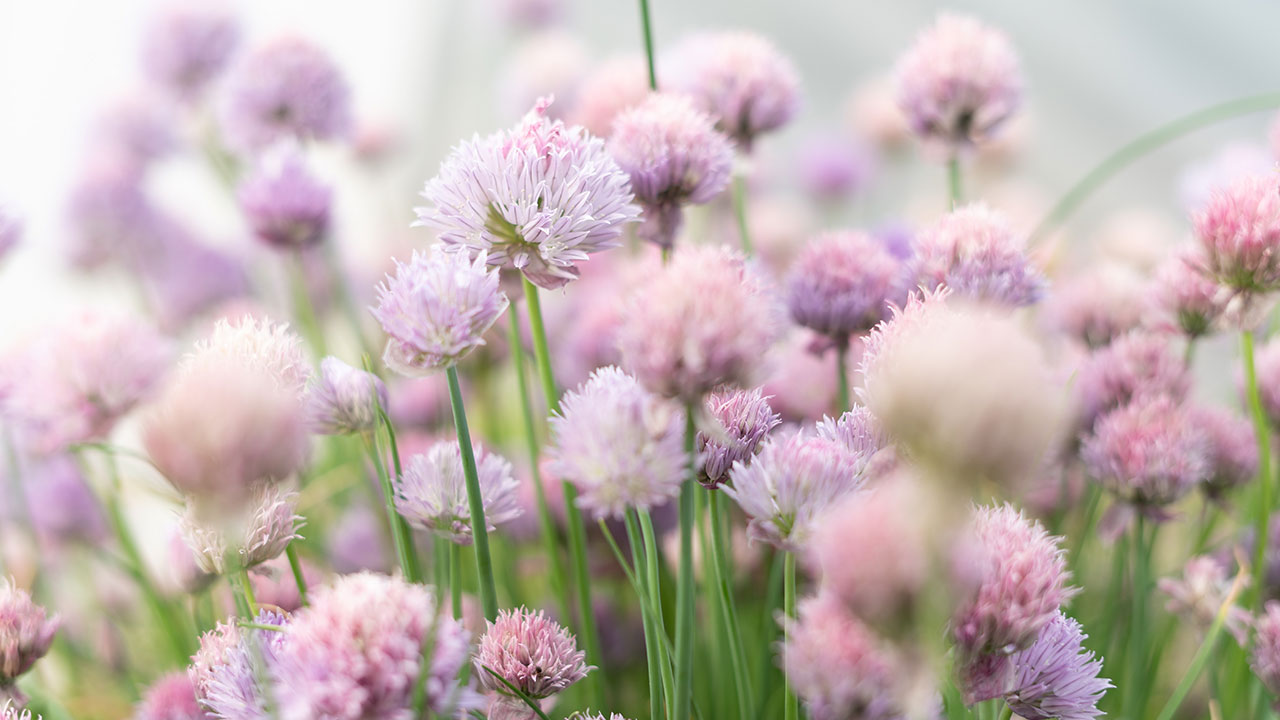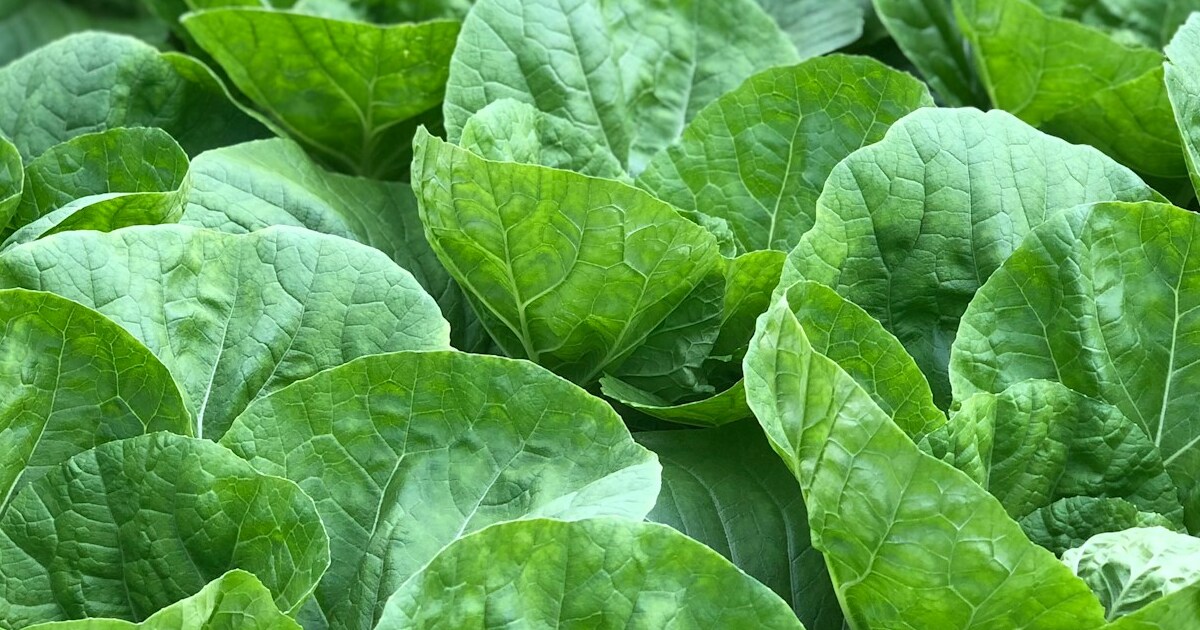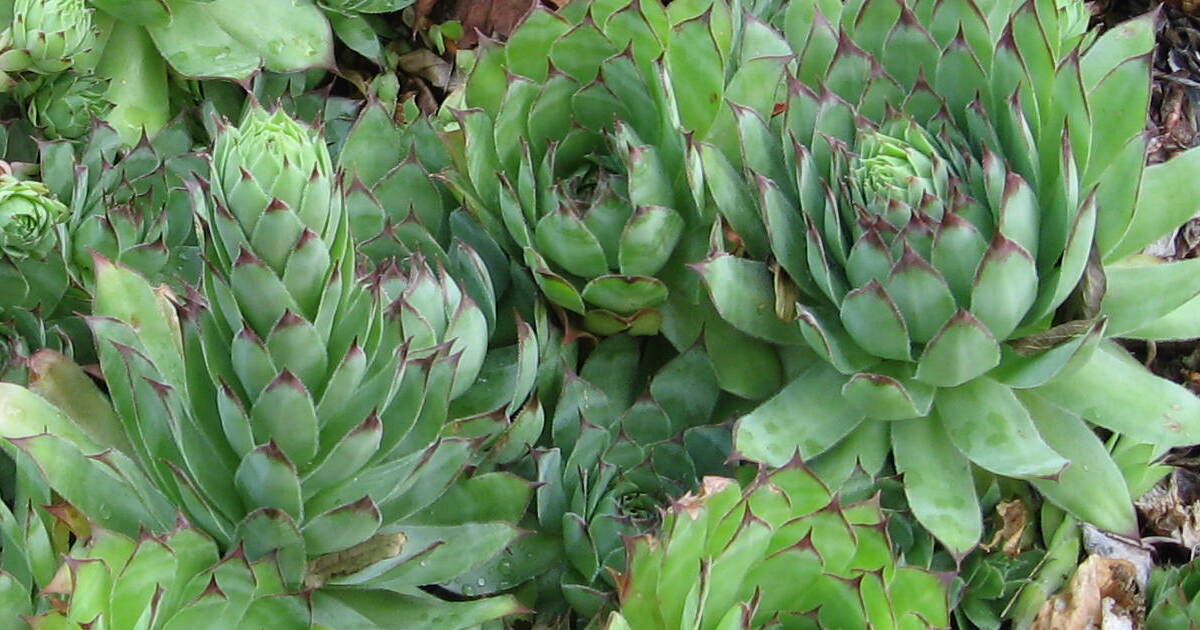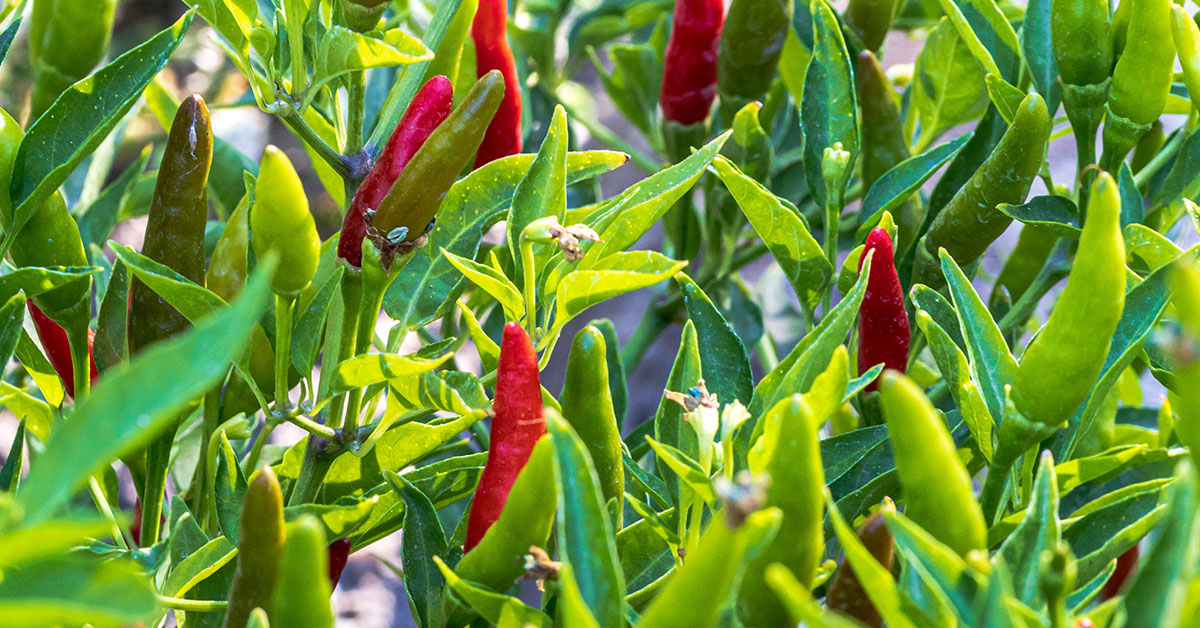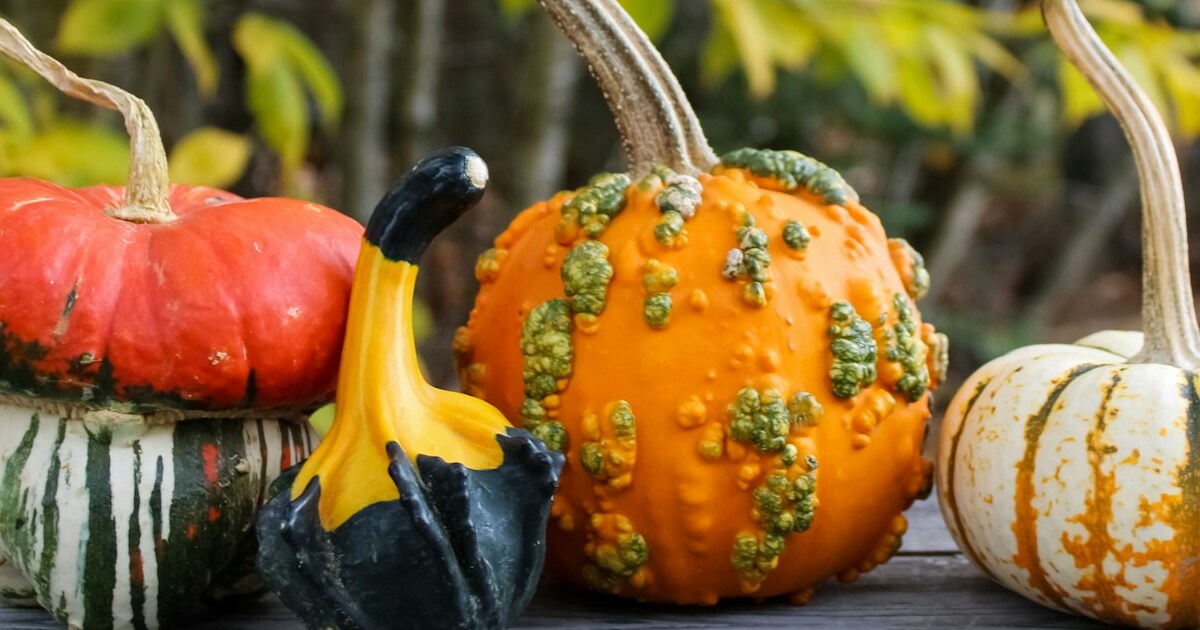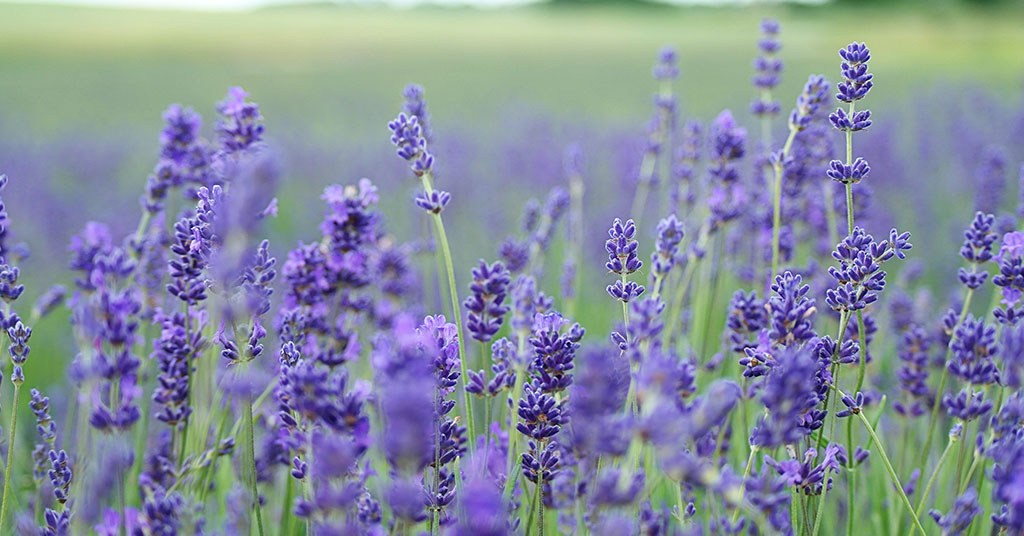Growing perennial herbs in zone 1 is a challenging endeavor due to the harsh climate conditions, marked by extremely cold temperatures, short growing seasons, and often poor soil quality.
The survival of perennial herbs in such an inhospitable environment is uncertain, as they may or may not be able to withstand the frigid conditions.
Gardeners in zone 1 must carefully consider the specific needs of each herb and provide additional support, such as utilizing cold frames, applying mulch, or creating windbreaks, to improve the chances of survival.
Even with these protective measures, it is essential to understand that some herbs may still struggle to thrive as perennials in zone 1 due to the severity of the climate.
6 perennial herbs to grow in zone 1
Zone 1 is characterized by extremely cold climates, with minimum winter temperatures ranging from -50 to -60 degrees Fahrenheit (-45 to -51 degrees Celsius). It is challenging to grow most plants in such a harsh environment. However, there are a few hardy perennial herbs that may survive in zone 1, though their success will vary depending on microclimates, soil conditions, and snow cover, which can provide insulation.
- Chives (Allium schoenoprasum): Chives are a cold-hardy perennial herb that can withstand low temperatures. They may survive in zone 1 with proper care and protection.
- Siberian chives (Allium nutans): Like common chives, Siberian chives are well-suited to colder climates.
- Lovage (Levisticum officinale): Lovage can withstand cold temperatures and may survive in zone 1 with proper care.
- Wild mint (Mentha arvensis): This cold-hardy perennial can survive in colder regions, although its flavor and aroma may be more subdued.
- Labrador tea (Rhododendron groenlandicum): This plant is native to Arctic and subarctic regions and is used as a traditional herbal tea in northern cultures.
- Arctic thyme (Thymus praecox ssp. arcticus): A low-growing, cold-hardy thyme species native to subarctic and Arctic regions.
Keep in mind that success growing these plants in zone 1 will depend on various factors, including microclimates and proper care. You may need to provide additional protection, such as using cold frames, mulching, or windbreaks, to help ensure their survival in such an extreme environment.
Tips for growing herbs in zone 1
Growing perennial herbs in zone 1 is just not a guaranteed success, but with proper care and consideration, it is possible to cultivate a selection of cold-hardy herbs. Here are some tips to help you succeed:
- Choose cold-hardy varieties: Opt for perennial herbs that are known for their cold tolerance and ability to withstand the harsh conditions in zone 1.
- Start indoors: To give your herbs a head start, sow seeds indoors several weeks before the last expected frost. Transplant seedlings outdoors once the soil has warmed up and the risk of frost has passed.
- Microclimates: Utilize microclimates in your garden, such as planting near structures or large rocks, which can help protect plants from harsh winds and retain heat.
- Cold protection: Employ cold frames, row covers, or cloches to extend the growing season and protect your herbs from frost and freezing temperatures.
- Mulching: Apply a thick layer of mulch around the base of your plants to help insulate the soil, retain moisture, and protect the roots from extreme temperatures.
- Windbreaks: Create windbreaks using hedges, fences, or walls to shield your herbs from cold, drying winds.
- Proper drainage: Ensure your planting site has well-draining soil to prevent root rot and other issues caused by waterlogged conditions.
- Amend the soil: Improve the quality of your soil by adding organic matter, such as compost or aged manure, to provide essential nutrients and improve soil structure.
- Regular pruning: Prune your herbs regularly to encourage bushy growth and prevent legginess. Remove any dead or damaged growth to maintain plant health.
- Overwintering: For more tender perennial herbs, consider digging them up and bringing them indoors in containers to overwinter. Place them in a cool, bright location and return them to the garden in spring.
Following these tips should improve the likelihood that your perennials will survive and come back year after year.


